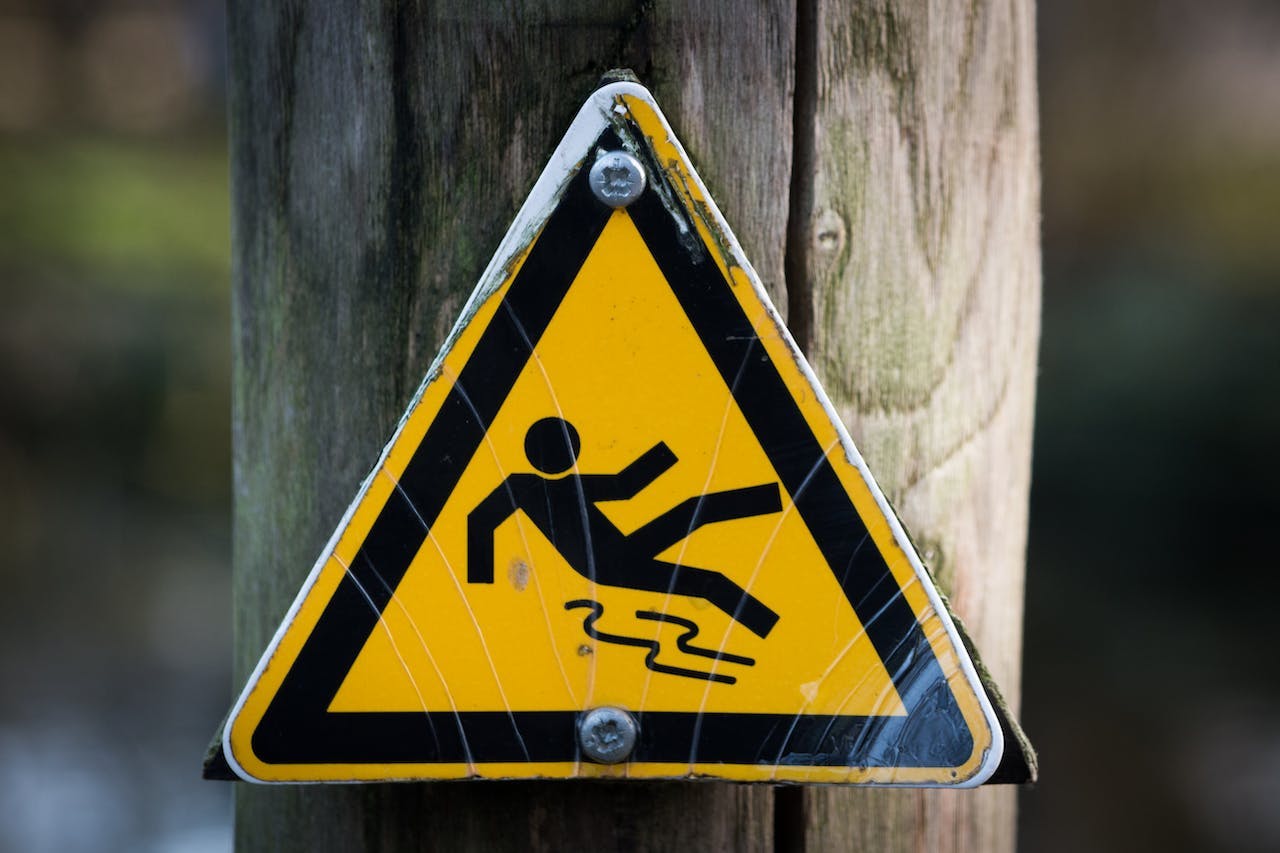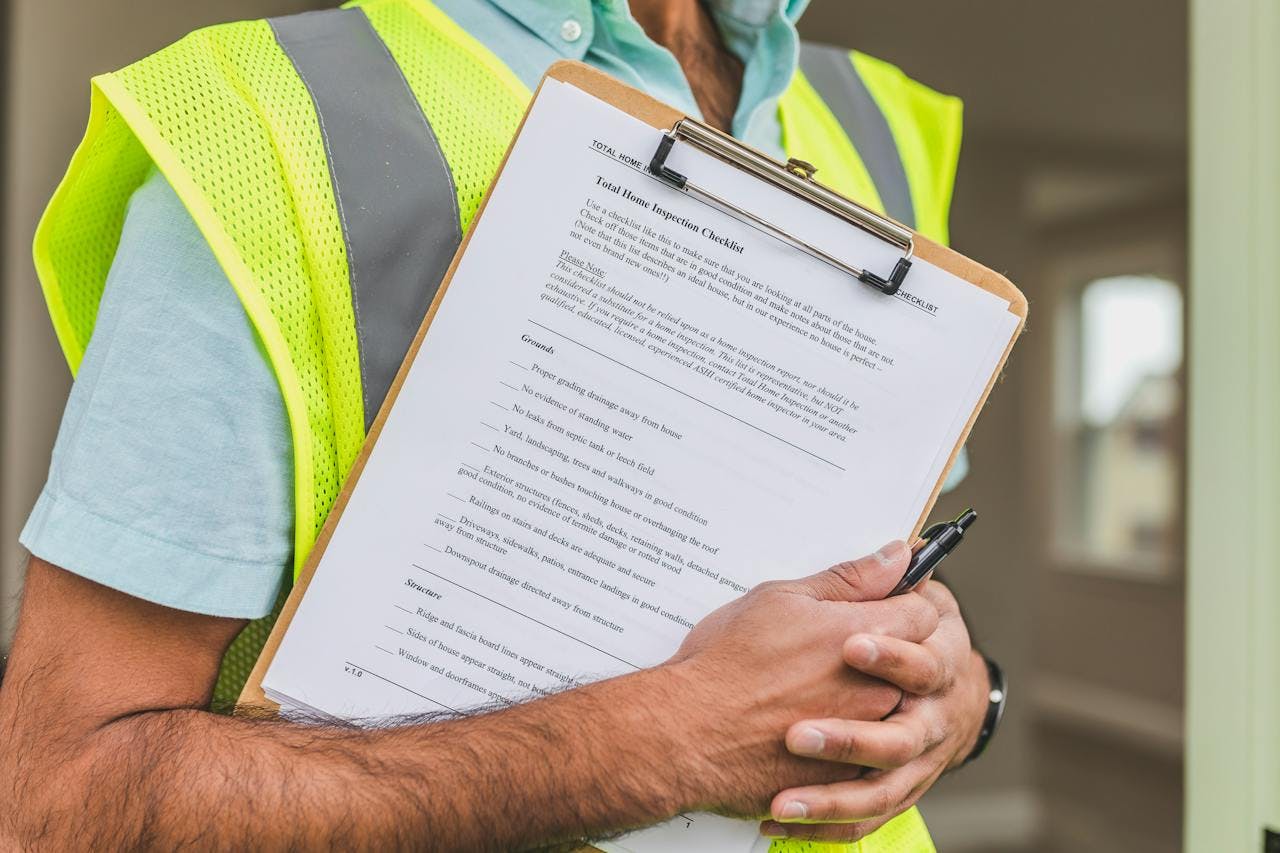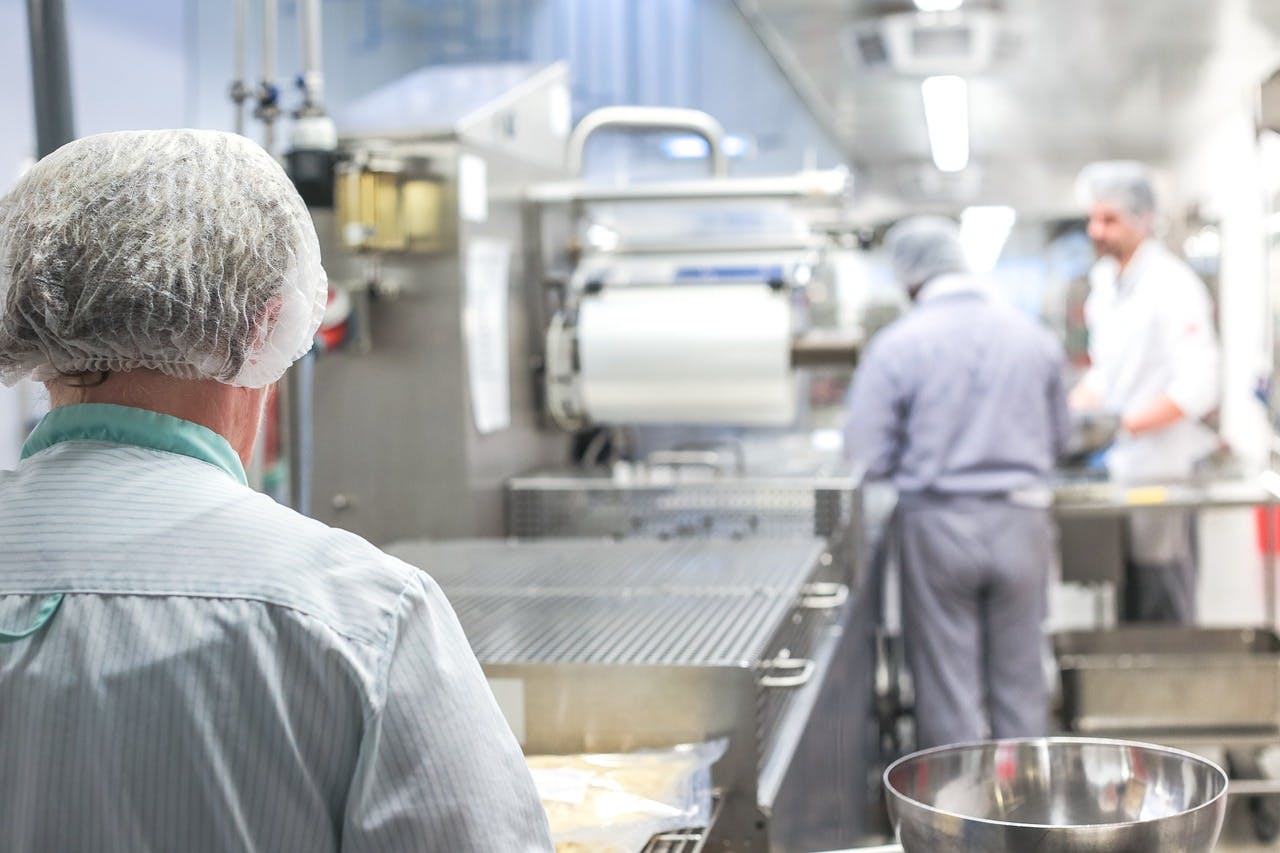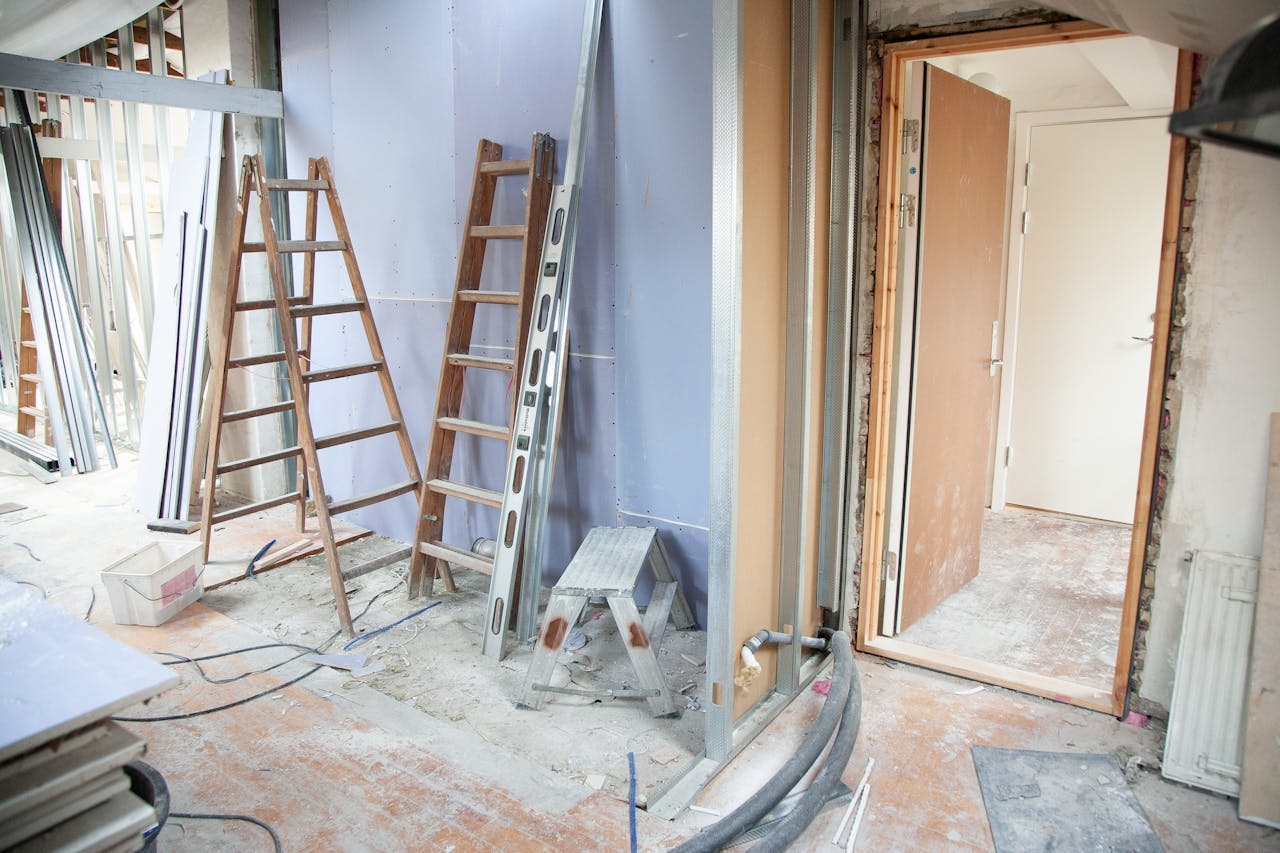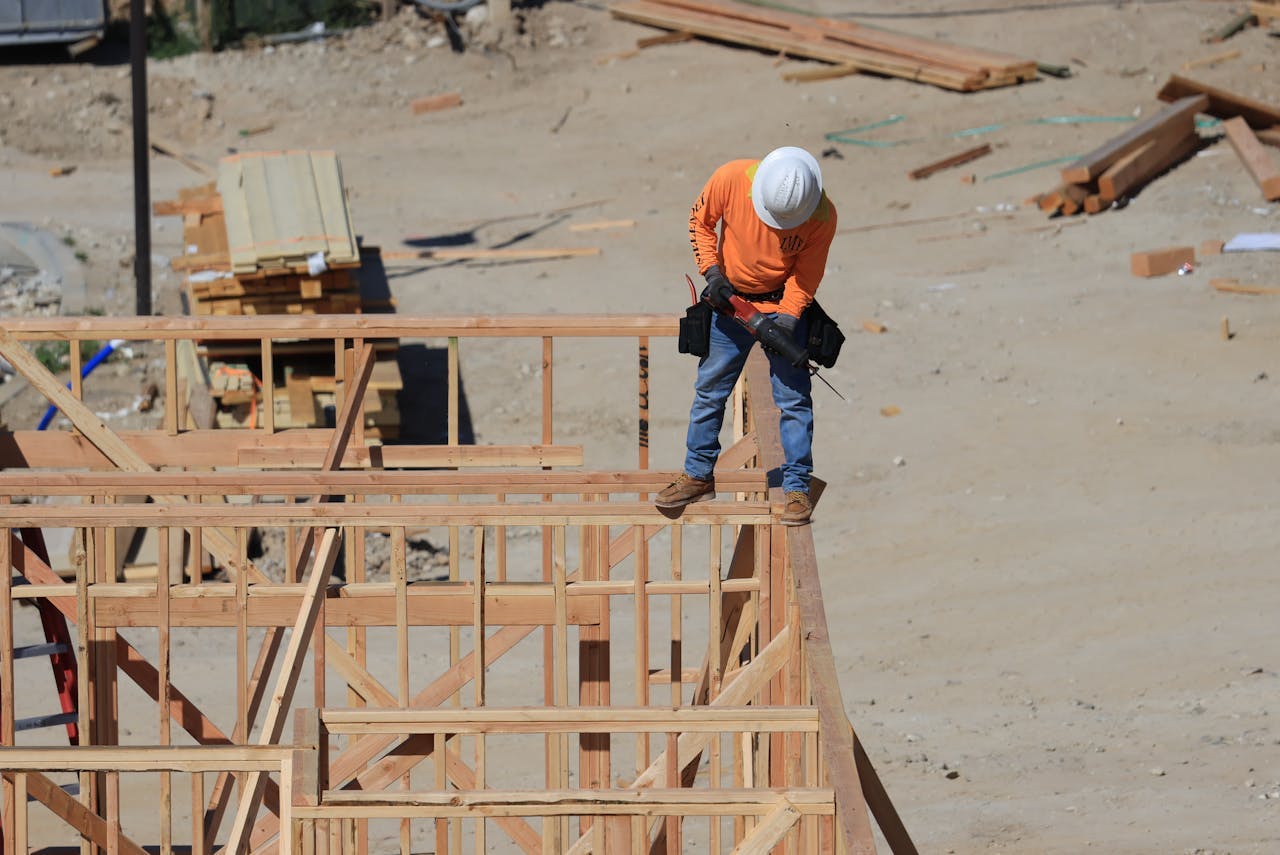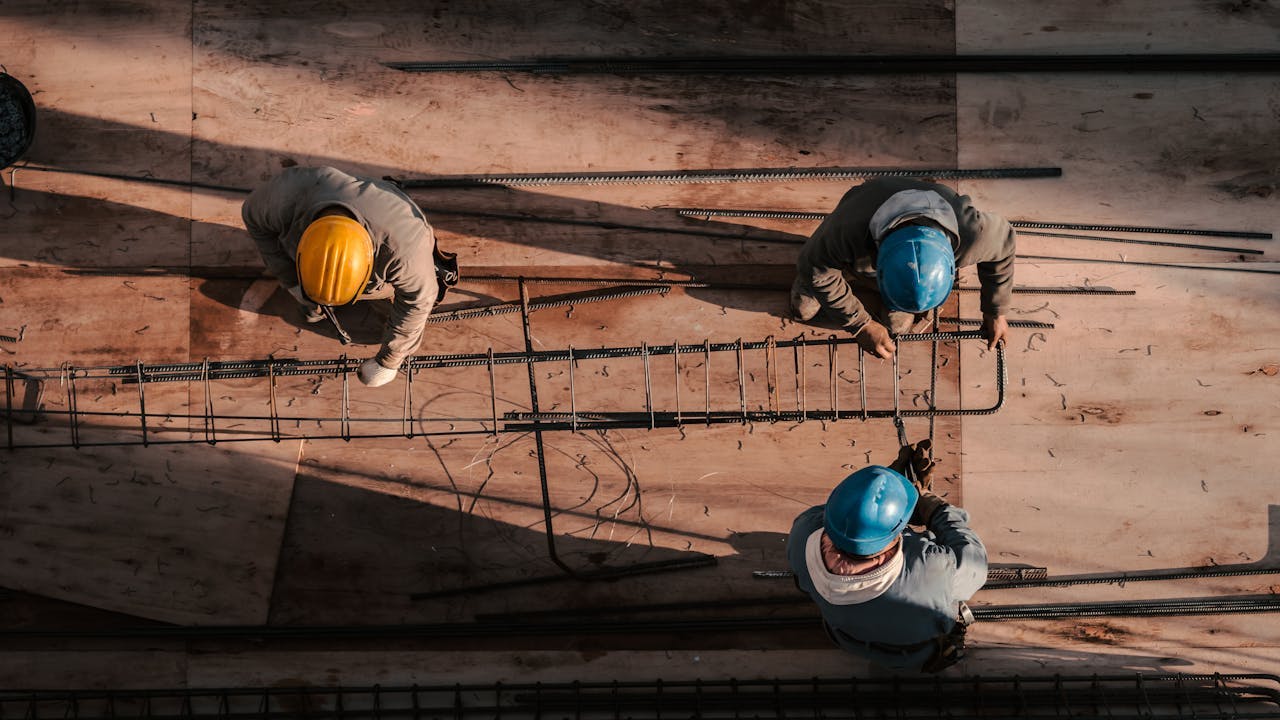Same-level and elevated falls can happen anytime, anywhere.
According to OSHA (Occupational Health and Safety Administration), slips, trips, and falls in the workplace result in nearly 700 fatalities and many more injuries every year. Statistics from CCOHS (Canadian Centre for Occupational Health and Safety) show that 67% of falls result from slips and trips on the same level, while the remaining 33% happen by falling from heights.
Slips, trips, and falls in the workplace are the primary cause of missed time at work and, sadly, one of the “fatal four” causes of workplace deaths. These accidents are preventable. Keep reading to learn some common misconceptions about slips, trips, and falls at work and how employers can reduce the risks by identifying hazards and utilizing controls related to various factors, including flooring, workplace design, proper footwear, cleaning procedures, and the most common causes of slips, such as improper use of fall protection equipment.
- Slips, Trips, and Falls Hazards in the Workplace — What Are the Differences?
- Employer Responsibilities
- Some Common Safety Misconceptions
- Misconception #1: Young, Healthy Employees Have Less Chance of Slips, Trips, and Falls in the Workplace
- Misconception #2: Safety is the Employer’s Responsibility
- Misconception #3: Job Safety Increases With Experience Year After Year
- Preventing Slips, Trips, and Falls in the Workplace — How Mobile Inspection Software Can Help
- Reduce Hazards and Improve Workplace Safety With monitorQA
Slips, Trips, and Falls Hazards in the Workplace — What Are the Differences?
OSHA has general industry regulations on working/walking surfaces to guard against potential hazards that lead to slips, trips, and falls, like wet conditions, clutter, and protruding objects.
Friction, momentum, and gravity are the three physical factors involved in these accidents, and each plays a role.
Friction: The resistance between objects
Momentum: Affected by the speed and mass of an object
Gravity: When Earth exerts its force on an object
Slips Defined
Slips occur when there’s a loss of balance caused by insufficient friction between the surface you work or walk on and your feet. Losing traction is the primary cause of workplace slips and tends to happen when you run, hurry, don’t pay attention when walking, or wear the wrong type of shoes. Workplace slips are typically caused by:
- Spills
- Oily or wet surfaces
- Weather hazards like snow, rain, or ice
- Unanchored mats or rugs
- Floors or walking surfaces that don’t have equal traction throughout all areas

Trips Defined
Trips happen when you’re moving with such momentum that when your foot hits an object, you’re thrown off balance and may or may not fall. Trips typically occur when you’re not paying attention or in a hurry. The most common causes of workplace tripping include:
- Poor lighting
- Clutter
- Obstructed view
- Uncovered cables
- Uneven walking surfaces (steps, thresholds)
- Wrinkled carpeting
- Bottom drawers left open
Falls Defined
Falls occur when you lose balance by moving too far off your center of gravity. The most common workplace falls are:
- Falling from ladders
- Falling from roofs
- Falling down stairs
- Falling from jumping down to a lower level
Employer Responsibilities
While there isn’t any formal training on how to prevent slips, trips, and falls in the workplace, you can educate your employees on how to recognize and avoid potentially unsafe conditions. Your employee handbook is an invaluable resource for explaining potential slips, trips and falls hazards in the workplace. You should also have a thorough onboarding process that explains potential workplace hazards and hold regular safety meetings, also known as safety talks, to keep the discussion going and fresh in the minds of your employees, and to promote a strong safety culture. Additionally, it is the responsibility of employers to provide safety measures, tips and guidelines to their employees in order to prevent slips, trips, and falls in the workplace. These safety tips are crucial for maintaining a safe and accident-free workplace.
Every team member should know what the company expects of them regarding safety; reviewing OSHA 1910.22 Walking/Working Surfaces is a great place to start. You can also discuss ways for employees to protect themselves and each other from slip, trip, and fall risks, as outlined in OSHA 1910 Subpart D. Additionally, it is important for employers to be aware of and comply with OSHA regulations, such as those related to trip hazards, under §1910.36-37, to ensure a safe workplace for their employees. Depending on your industry, mandating specific footwear can also help avoid accidents and keep the work surfaces in good condition, especially in the construction industry where OSHA 1916 regulations are relevant.
Some essential employer duties for keeping the workplace safe include:
- Identifying and assessing job-specific slip, trip, and fall hazards
- Establishing and enforcing controls to reduce or eliminate employees’ exposure to hazards
- Ensuring that control measures remain effective
Here are some tips for upholding OSHA safety standards and teaching employees how to avoid slips, trips, and falls in the workplace:
- Take every reasonable precaution to protect employees against potential injury. Slip precautions can include:
- Practicing safe walking
- Taking short steps on wet or slippery surfaces
- Reporting and cleaning spills immediately — even minor spills can pose a risk
- Not allowing grease to build up on floors
- Ensuring all carpeting and mats are smooth and adhere to the floor
- Trip precautions can include:
- Not carrying things you can’t see over
- Maintaining a clean, tidy workplace
- Using good lighting so you can see where you’re walking
- Arranging office equipment and furniture so it doesn’t interfere with pedestrian traffic or walkways
- Fall precautions can include:
- Stressing the danger of jumping off loading docks or landings — always use the stairs
- Replacing or repairing loose or broken stairs or handrails
- Keeping aisles and passageways well-lit and clear of clutter
- Wearing appropriate shoes with non-slip soles
- Using fall protection PPE, such as safety harnesses and lines, guardrails, safety nets, and stair railings
- Using mobile inspection software to put safety in the hands of your employees by keeping everyone on the same page and enabling users to identify, document, and report potential safety hazards
Some Common Safety Misconceptions
There are a few things about workplace health and safety that employers and employees tend to get wrong. While some are honest misunderstandings, others result from myths surrounding the health and safety genre. All workplaces are different, so each will have its own safety procedures; however, some fundamentals stay the same, regardless of industry.
Misconception #1: Young, Healthy Employees Have Less Chance of Slips, Trips, and Falls in the Workplace
No one is exempt from accidents, regardless of the age or health of employees. In fact, young, healthy employees are likely the ones walking around the workplace with a phone in their hands, not paying attention to their surroundings.
All team members must work together to keep themselves and each other safe by being generally cautious and aware of their surroundings, following safety policies and procedures, reporting hazards upon identification, not engaging in risky behavior, and empowering themselves with knowledge.
Using floors as an example, most people think shiny floors are less slip resistant than non-shiny floors — another misconception. A floor’s shine typically has nothing to do with slip resistance or whether someone trips or falls. This is a “shining” example where an employee’s age nor physical health makes a difference.
Misconception #2: Safety is the Employer’s Responsibility
Sure, employers carry the most weight in ensuring a safe, healthy workplace. They must keep a well-maintained, safe environment while providing proper PPE, competent training, and hazard information. But the employer can only do so much to keep everyone safe. Employees play a vital role in their own workplace safety, like reporting unsafe conditions, working cautiously without intentionally taking risks, wearing proper PPE, and staying up-to-date on workplace concerns regarding health and safety, particularly slip, trip, and fall hazard and prevention strategies.

Misconception #3: Job Safety Increases With Experience Year After Year
Many assume that work environments become safer every year for industries like mining, construction, agriculture, and manufacturing. How can they not with such stringent workplace safety regulations and safety advances? Unfortunately, this is far from the truth. Some industries, like the ones noted above, are inherently dangerous.
A recent example is coal mining, which has become increasingly safe over the years. 2016 was rated its safest year yet, with only eight deaths recorded. A year after the safest year ever, tragedy struck, almost doubling the coal industry deaths to 15.
The need for workplace health and safety is stronger than ever. There are many innovative ways employers can improve their policies, procedures, and programs while keeping their employees safe, starting with using mobile safety apps to:
- Identify workplace hazards and risks
- Encourage a collaborative role in achieving a higher level of workplace health and safety
- Improve and maintain ongoing workplace safety
Preventing Slips, Trips, and Falls in the Workplace — How Mobile Inspection Software Can Help
Manual data entry is inefficient. It can lead to costly errors and potentially affect every department in your organization. Improving your safety inspections and procedures using a mobile app allows your team to snap photos, collect signatures, upload sketches with additional details, and provide actionable reports that can’t be captured through pen and paper inspections.
Mobile inspection software enables users to identify, document, and report safety hazards immediately, eliminating having them linger for days before anyone sees them. When employees spot a potential safety risk, they simply fill out a form on their phone, the form synchronizes with the company server, and the steps to correct or prevent accident or injury are already in motion. Depending on the nature of the issue, this innovative solution can be the difference between a life-or-death situation. In the event of an incident, it is crucial to document and report all details of the incident using this software. This information can help prevent future incidents and may be essential if a claim against the company is filed.
Reduce Hazards and Improve Workplace Safety With monitorQA
Due diligence goes a long way toward the prevention of slips, trips, and falls in the workplace. Mobile safety software makes the investigative, auditing, and review processes more accessible and manageable with less time investment.
monitorQA improves workplace health and safety by streamlining audit and inspection processes, increasing the speed of mobile inspections, and bringing operational insights to the forefront through a robust reporting system that helps you meet and exceed your safety goals.
See how monitorQA can help reduce accidents and injuries, increase compliance, and improve your bottom line.
Try for free — No commitment. No credit card required. It’s that easy.
